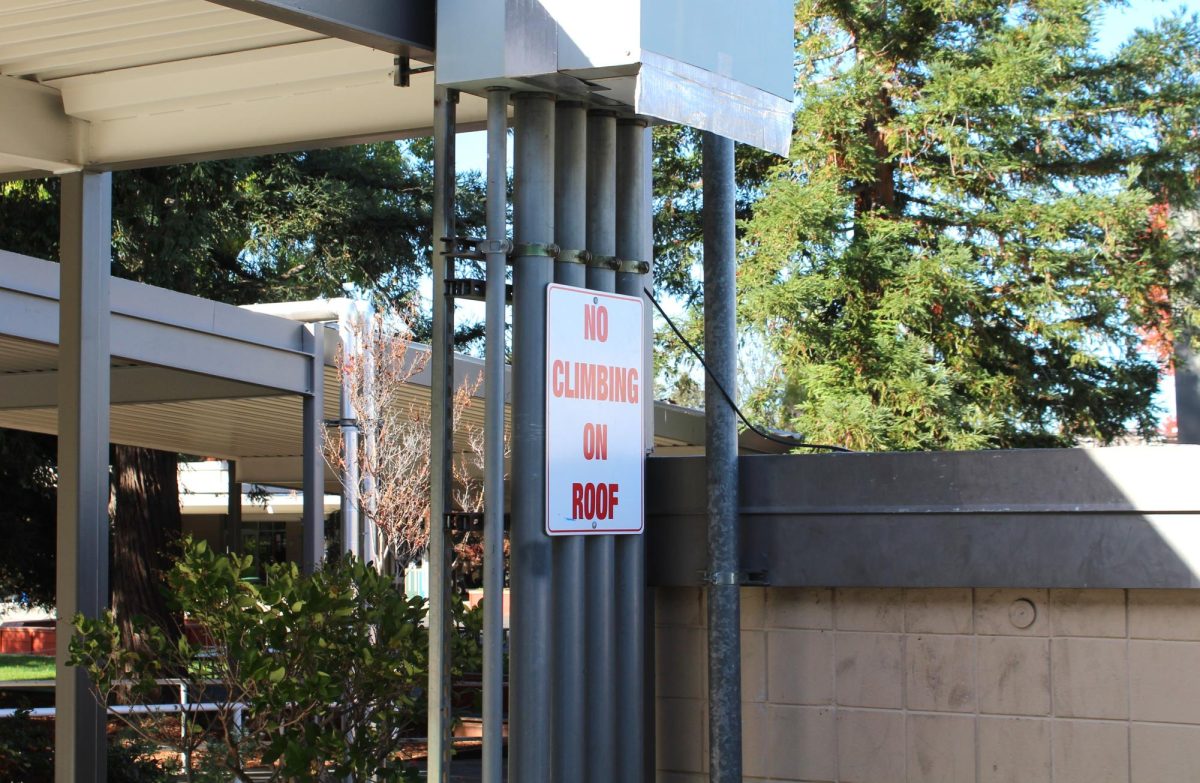In recent years, standardized testing has played an increasingly smaller role in college admissions decisions.
Many schools first went widely test-optional in 2021 to accommodate for the inconvenience of testing during the pandemic, and many colleges have kept tests optional for the coming years. For the 2022-23 admissions cycle, only two out of the nation’s top 21 colleges require these tests; sixteen are test-optional and three remain completely test-blind, including the University of California system.
While COVID-19 made taking the SAT and ACT difficult for students to take in the last two years, the country has now largely reverted to pre-pandemic operations; for example, California lifted the state-wide mask mandate in February. In future years, colleges should return to mandatory testing.
Another possible factor for the shift away from using standardized test scores is the high performance of Asian American students. A New York Times article written by Jay Caspian Kang proposes that “the move … away from academic competition might also be a way to ensure that students from white, wealthy families can still compete with high-achieving Asian American students.” Kang attributes the generally higher performance from Asian Americans to the many immigrant parents succeeding in life through scoring high on tests like the gaokao in China or the Joint Entrance Examination in India.
Although socioeconomic factors undoubtedly influence SAT performance, wealth mainly affects students’ prior knowledge, not their possible improvement. Many joke about the expensive SAT/ACT prep courses students attend, but these courses aren’t necessary in preparing for these tests with the prep materials available online for free, including 10 SAT tests offered on Khan Academy in a collaboration with College Board. According to a 2009 study by the National Association for College Admission Counseling, test prep courses only improved scores by 10 to 20 points in mathematics and 5 to 10 points in reading and writing.
Additionally, these same factors that influence SAT performance have a larger influence on access to extracurriculars and awards, which have been an integral part of the college application process. Opportunities for many “prestigious” extracurricular activities — namely, research and internships — are highly dependent on connections and wealth.
Few lucky students might find success in begging companies for a position to put on their resume, but many who find success have some sort of connection through their parents or family members. Additionally, many low-income students generally struggle to allot enough time for outside-of-school activities because they must devote time to working, taking care of siblings or managing their household. The same criticisms leveled against the SAT should be applied to more “holistic” elements like extracurriculars, which are arguably more difficult for low-income students to access.
College Board must take steps to improve access to SAT tests if the SAT is to gain relevance again. Wealthier students are only hindered by the tests available nearby, but low-income students also face high test fees, receiving only a max of two SAT fee waivers. As a result, they cannot retake the SAT as many times as an average or high-income student can. Improving access to fee waivers would mitigate the advantages high-income students have in test-taking. College Board could also limit the number of tests students can take. With the introduction of online SAT tests starting in 2024 for U.S. students, testing should become more accessible for all. There is no need to remove the SAT in the following admissions cycles.
Most importantly, the SAT’s usefulness extends beyond college applications and into college life. The SAT is an accurate predictor of an undergraduate student’s first-year GPA and performance throughout college, as suggested in a University of Minnesota study. Therefore, in the application process, SAT scores are an accurate way to weed out students who might struggle in high-intensity college programs.
There are nearly 4,000 colleges and universities, and only the upper echelon of these colleges implement a highly selective application process and admit a miniscule percentage of applicants. Still, if they really aim to be “the best of the best,” standardized test scores should be factored in.


























